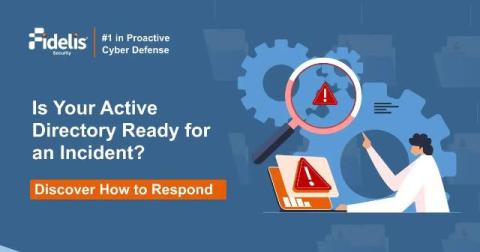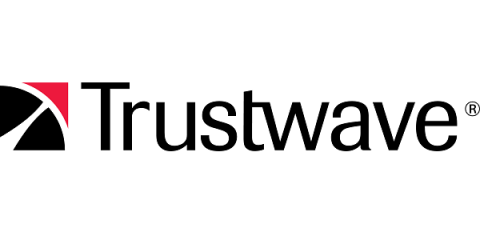Active Directory Incident Response: Key Things to Keep in Mind
Active Directory (AD) is crucial for network security as it controls access to sensitive data, making it a primary target for attackers. Even a small AD breach can result in significant data loss, operational downtime, and reputational damage in a business.











